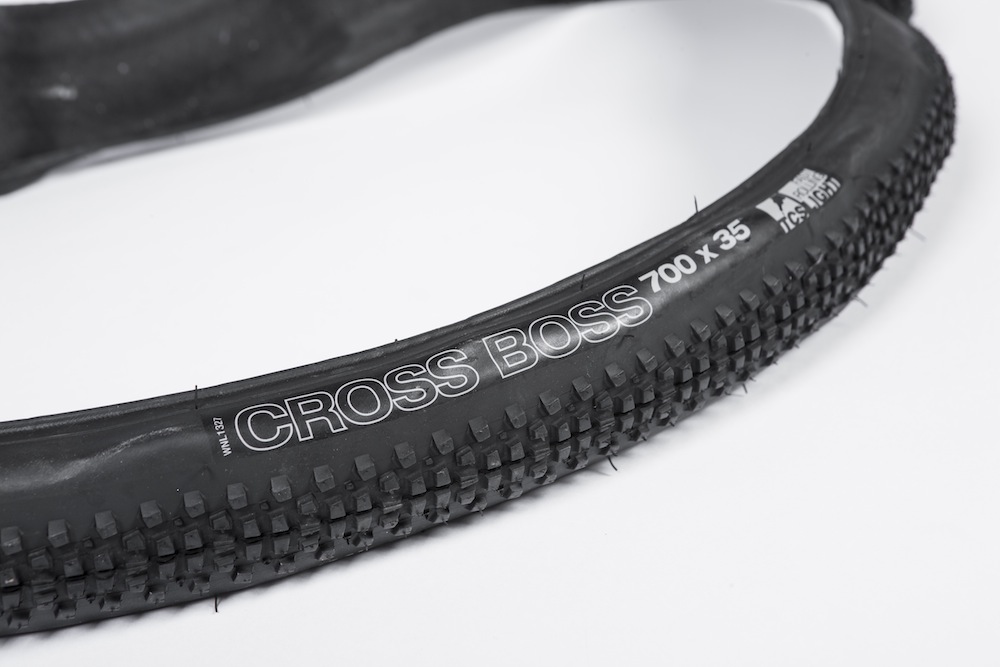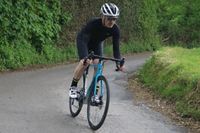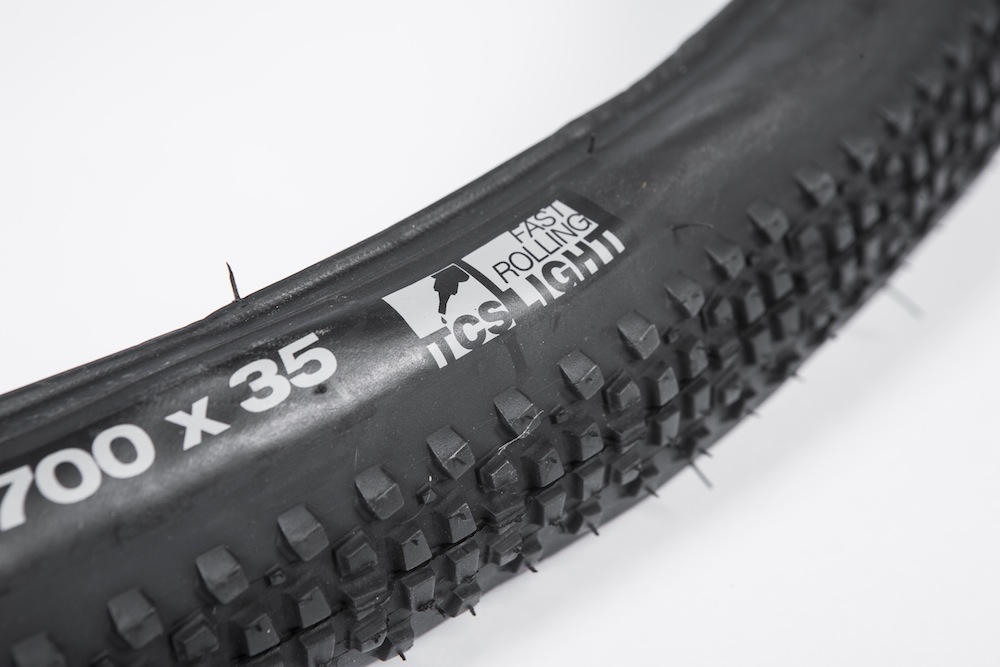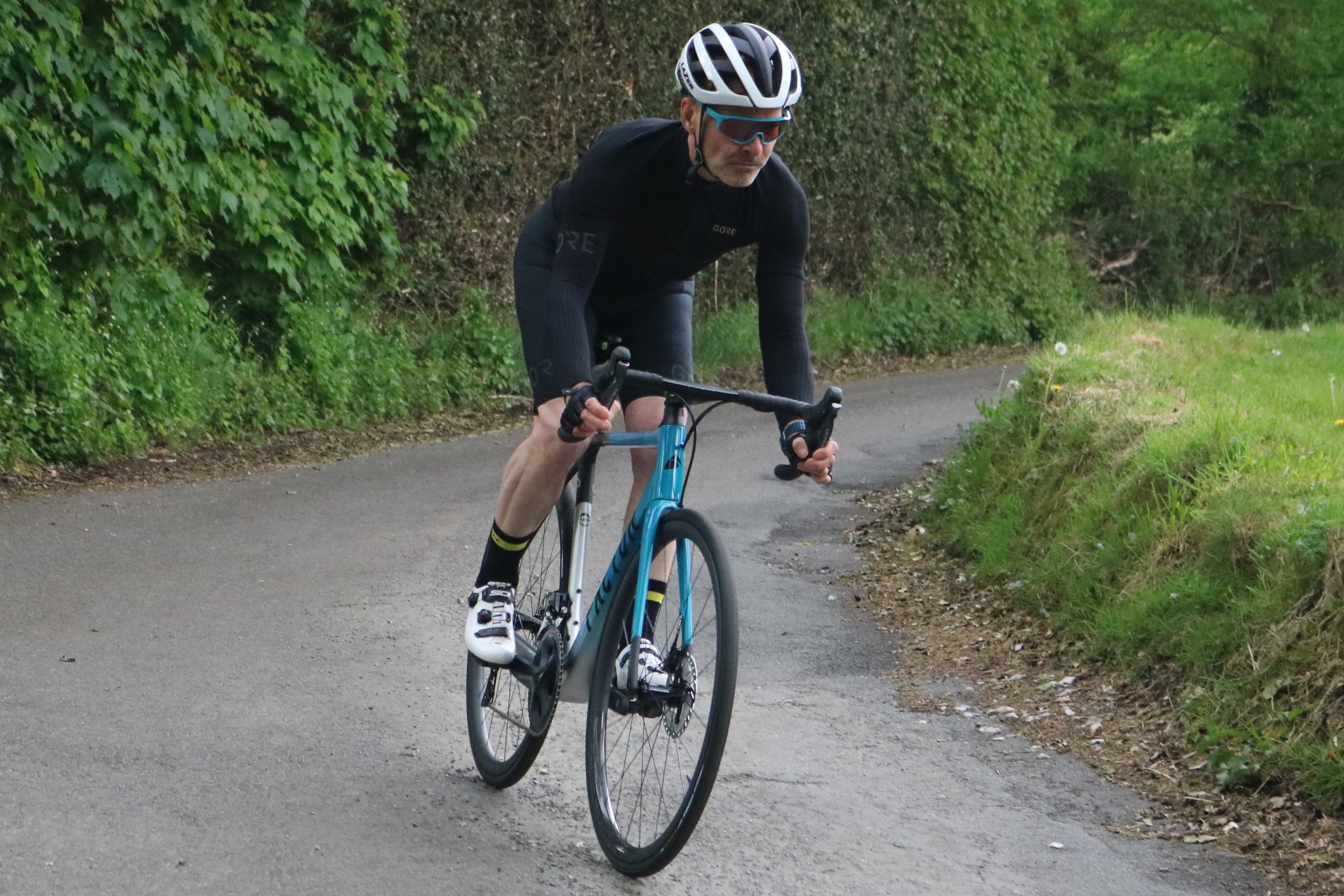WTB Cross Boss cyclocross tyre review
We test WTB's high volume cyclocross tyres on and off road

The Cross Boss is a great tyre for mixed condition riding, with its high sidewalls meaning that it can be run at low pressures for additional bump smoothing and grip. But the close tread pattern does result in some clogging in more muddy conditions. Clearance and sidewall damage may be issues too.
-
+
High air volume
-
+
Grippy in drier conditions
-
+
Tubeless ready
-
+
Can run at low pressures without bottoming out
-
+
Fast on tarmac
- +
-
-
Tends to clog in wet
-
-
Not UCI compliant width
-
-
Clearance may be an issue on some frames
-
-
Sidewalls prone to cuts
- -
You can trust Cycling Weekly.

WTB’s Cross Boss tyre is a nominal 35mm width cyclocross tyre. But its main feature is a very high side wall, so that there’s a lot of air volume in the tyre. It’s also tubeless ready and I was able to seat it quickly and get a tight seal on WTB’s own Asym rims using a reservoir pump (although not with a standard track pump).

The big advantage of the high sidewalls for mixed terrain riding on rocky off road is that the Cross Boss can be run at low pressures to help with grip and bumps. I ran the tyres down to around 30psi tubelsss without any problems with bottoming out on uneven surfaces or burping. They do get a bit sloppy on climbs and tarmac at 30psi though and I’ve normally run around 40psi.
>>> Santa Cruz Stigmata review
With such a high profile, clearance may be an issue with some cyclocross frames and I got some scuffing of the chainstays when using the Cross Boss tyres in more muddy conditions.
Watch: How to set the perfect tyre pressure
The tread pattern consists of quite closely spaced knobs, without sipes. These grip well in both dry and damp conditions. They are a bit prone to clogging in mud, although this soon clears. They also roll well on tarmac, allowing a good speed to be kept up.
>>> How to start a new cycling discipline
The latest race content, interviews, features, reviews and expert buying guides, direct to your inbox!
The sidewalls are not super-thick either. I may have been unlucky, but I had two cases of flints cutting through them. They are also slightly prone to sweat sealant, although this did not result in significant loss of pressure between rides.
Paul started writing for Cycling Weekly in 2015, covering cycling tech, new bikes and product testing. Since then, he’s reviewed hundreds of bikes and thousands of other pieces of cycling equipment for the magazine and the Cycling Weekly website.
He’s been cycling for a lot longer than that though and his travels by bike have taken him all around Europe and to California. He’s been riding gravel since before gravel bikes existed too, riding a cyclocross bike through the Chilterns and along the South Downs.
